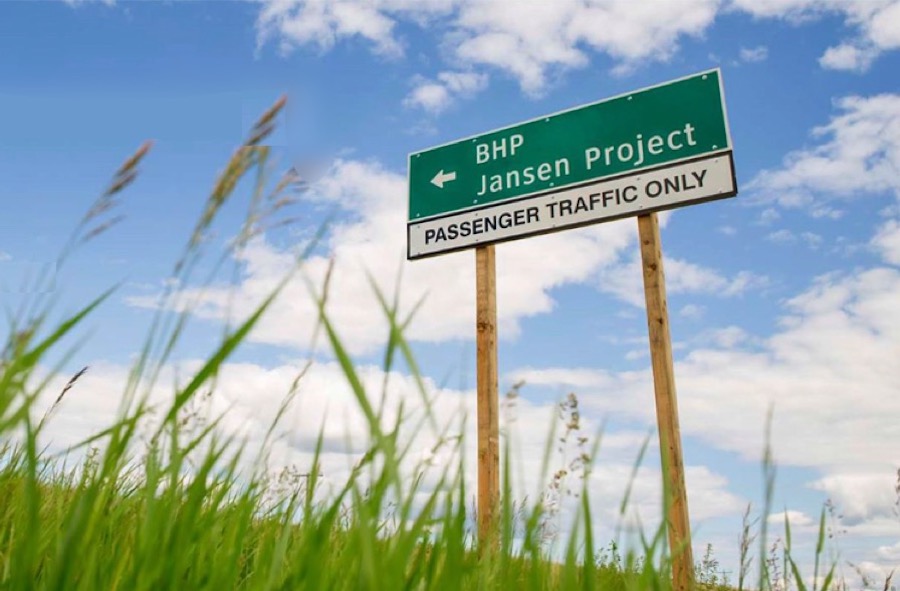
The strategy aims to “replicate tried and tested model of marketing directly to major customers via regional offices leveraging BHP’s broader commercial resources,” the company said.
BHP said markets for Jansen’s potash could include the US, Brazil, India, and China. Potash is seen by farmers as an attractive resource because of its use as fertilizer, which also boosts drought tolerance and improves crop quality.
The mining giant expects potash demand to increase by 15 million tonnes to roughly 105 million tonnes by 2040 or 1.5% to 3% a year, along with the global population and pressure to improve farming yields given limited land supply.
BHP has tried to tap into the fertilizers market for some time. In 2010, it unsuccessfully bid $38.6 billion for Potash Corp. of Saskatchewan, which in 2018 merged with Agrium Inc. to form Nutrien (TSE, NYSE: NTR).
The Canadian potash producer has been an open critic of the Jansen project for years, as it believes developing it would cause an unwelcome oversupply. The company’s tone has slightly changed since Mayo Schmidt took the helm of the company earlier this year, replacing Chuck Magro.
The Saskatoon-based miner said in May the market could absorb Jansen’s output if produced in a “disciplined” way.
Located in the province of Saskatchewan, 140km east of Saskatoon, the project is expected to give BHP exposure to a market driven by rising global food demand and represents one of its few major growth prospects.
Jansen is slated to produce 4.4 million tonnes of potash annually in its first phase, or nearly 8% of the world’s total. It will have capacity for an additional 12 million tonnes thereafter for a life of 100 years.




